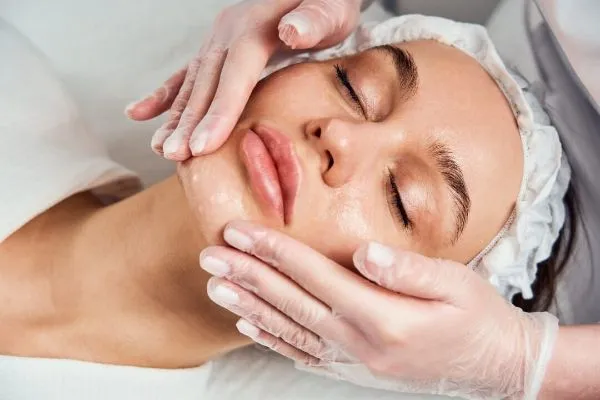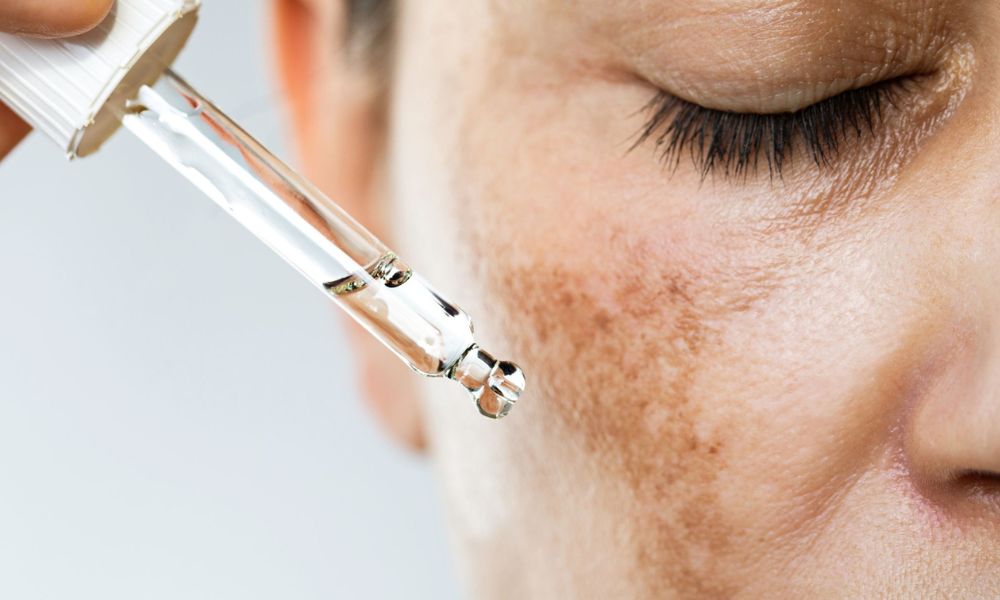Pigmentation issues such as dark spots, freckles, melasma, and sun damage can be frustrating to deal with, especially when they affect the clarity and evenness of your complexion. Luckily, pigmentation removal treatments in Melbourne have come a long way and offer a variety of effective solutions. From laser treatments to chemical peels, many people have successfully reduced or eliminated unwanted pigmentation, but what about the long-term results?
In this article, we’ll explore the long-term effects of pigmentation removal treatments and provide you with practical tips on how to maintain your results for as long as possible.
What Causes Pigmentation Issues?
Pigmentation issues occur when excess melanin (the pigment responsible for skin color) is produced in certain areas of the skin, leading to darker spots or uneven skin tone. Several factors contribute to pigmentation issues, including:
- Sun exposure: Ultraviolet (UV) rays trigger the production of melanin, which can result in sun spots or freckles over time.
- Hormonal changes: Conditions like pregnancy or the use of birth control pills can cause melasma, a type of pigmentation that appears as dark patches, usually on the face.
- Acne scars: After acne heals, it can leave behind post-inflammatory hyperpigmentation (PIH), which are dark spots or marks.
- Aging: As the skin ages, the production of melanin can become uneven, causing age spots or liver spots.
While pigmentation issues are common, they can often be treated effectively with the right interventions.
Types of Pigmentation Removal Treatments
There are several treatments available to help remove or reduce pigmentation, each working in different ways to address the underlying causes of dark spots. Some of the most popular pigmentation removal treatments include:
- Laser Treatments: These use focused light to target the melanin in the skin and break it down, leading to a reduction in pigmentation.
- Chemical Peels: A chemical solution is applied to the skin to exfoliate and remove damaged outer layers, encouraging the growth of new, even-toned skin.
- Intense Pulsed Light (IPL): IPL uses broad-spectrum light to target pigmentation and improve skin texture, often used for sun spots or age spots.
- Topical Creams: Some people opt for prescription or over-the-counter creams containing ingredients like hydroquinone, retinoids, or vitamin C to lighten dark spots gradually.
- Microdermabrasion: A gentle exfoliation technique that removes dead skin cells and can help lighten hyperpigmented areas.
Each of these treatments offers its own set of benefits and considerations, and the best option for you will depend on your specific skin concerns.
How Do Pigmentation Removal Treatments Work?

Pigmentation removal treatments generally work by targeting melanin, either by breaking it up or by encouraging the skin to produce new, healthy cells in place of the damaged ones. Here’s how some common treatments work:
- Laser treatments: Lasers use light energy to break up melanin particles in the skin. The body then naturally absorbs and removes these particles, leading to a more even skin tone. Different types of lasers (such as fractional CO2 lasers or Q-switched lasers) target different depths of the skin and types of pigmentation.
- Chemical peels: The chemical solution in peels exfoliates the outermost layers of the skin, which can include damaged pigment. This process encourages the growth of new skin cells, which may be more evenly pigmented.
- Topical creams: These work by inhibiting melanin production or speeding up the turnover of skin cells to fade dark spots over time.
After treatment, the skin typically regenerates, and the results are most noticeable after a few weeks to a few months, depending on the treatment used.
Long-Term Results of Pigmentation Removal Treatments
The long-term results of pigmentation removal treatments vary depending on several factors, including the type of treatment, the severity of the pigmentation, and how well you maintain your skin post-treatment. Here’s what you can generally expect:
- Pigmentation Fading: Most treatments provide long-lasting results by significantly fading or eliminating dark spots. However, the duration of the results depends on how well you take care of your skin afterward and avoid triggers like sun exposure.
- Improved Skin Tone: As the pigmentation fades, many people experience an overall improvement in skin tone and texture. This can lead to a more youthful, even complexion.
- Minimal Maintenance: Once the pigmentation is removed, you may not need ongoing treatments. However, periodic touch-ups can help maintain the results.
It’s important to note that while treatments can be highly effective, they cannot prevent new pigmentation from forming. If you are prone to hyperpigmentation, you will need to take steps to prevent it from returning.
Factors That Affect the Longevity of Results
Several factors can influence how long your pigmentation removal results last:
- Sun Exposure: UV rays are one of the leading causes of pigmentation, so exposure to the sun without protection can cause new spots to form. Even after treatment, it’s crucial to protect your skin from the sun’s rays.
- Skin Type: People with darker skin tones may be more prone to pigmentation issues, and the effectiveness of treatments can vary. In some cases, pigmentation may return more quickly in these individuals.
- Treatment Type: More invasive treatments like laser therapy may provide longer-lasting results compared to gentler treatments like topical creams.
- Aftercare: Following aftercare instructions, such as using prescribed creams, avoiding irritants, and staying hydrated, can help prolong your results.
How to Maintain the Results of Pigmentation Removal Treatments
Maintaining the results of pigmentation removal treatments requires some effort and ongoing care. Here are key tips for keeping your skin clear and even:
- Use Sunscreen Daily: This is the most crucial step in maintaining your results. Choose a broad-spectrum sunscreen with an SPF of at least 30 and apply it every day, even on cloudy days or indoors.
- Avoid Sun Exposure: If possible, stay out of the sun during peak hours (10 a.m. to 4 p.m.) or wear protective clothing like hats and sunglasses when outside.
- Moisturize Regularly: Keep your skin hydrated with a good moisturizer to promote healthy skin regeneration and maintain a smooth texture.
- Topical Brightening Products: Continue using gentle, brightening products such as vitamin C serums or hydroquinone (if prescribed by your dermatologist) to help maintain an even skin tone.
- Gentle Exfoliation: Regular but gentle exfoliation can help remove dead skin cells and promote fresh, even-toned skin.
Tips for Preventing Pigmentation from Returning
Preventing pigmentation from returning is just as important as treating it. Here are some additional steps you can take:
- Avoid picking at your skin: Picking at acne or other blemishes can cause post-inflammatory hyperpigmentation (PIH), which can be hard to treat.
- Be mindful of hormonal changes: If your pigmentation is linked to hormones (e.g., melasma), talk to your doctor about options for managing it.
- Stay consistent with treatments: If necessary, schedule follow-up appointments for maintenance treatments such as touch-up laser sessions or Chemical peels.
When to Seek Professional Help
If you notice new pigmentation forming, or if existing pigmentation returns or worsens, it’s important to consult with a dermatologist or skincare professional. They can assess your skin, suggest alternative treatments, and provide guidance on how to prevent further pigmentation issues.
Conclusion
Pigmentation removal treatments can provide long-term improvements to the clarity and tone of your skin, with many people enjoying lasting results. However, maintaining these results requires consistent care, particularly when it comes to sun protection and following aftercare instructions. By taking steps to protect your skin and staying on top of your skincare routine, you can enjoy a more even complexion and reduce the risk of pigmentation returning.
Always consult with a professional to ensure you’re choosing the best treatments and maintaining your results in a way that’s safe and effective for your skin.








